Sunday, April 3, 2011
"Mojave and Yuma"
I see that I'm not the only one having problems with Blogspot. Other are also having there paragraphs run together. Like most computer and network problems. There is no body to contact. You simple type in your problem. And "God' if I know where it goes. With Blogspot you get to see, others with the same problem. And they like you are awaiting for some answer. The must come from out in cyber-space. Joking of course, but it makes you wonder. Looked into other sites to place my blogs in. Funny thing is, the other formats all look the same. That make one wonder? In a World that is becoming controlled. By a handful of companies that monopolize the market. Just as you are seeing with the media and networks. Does Google control the other sites? I've put my screen size on 100%. Instead of 150%. We'll see if that's the problem. If not, I'll keep looking to move my blog to another site. Enjoy (I hope) Today I'll combine the tribes from the same basic area of southern Arizona and California. Both the Mojave and the Yuma lived on or near the Colorado River. That separates Arizona, California and Nevada. Mojave (mo-HAH-vee) which means, 'peoples who live along the river'. Roamed the area between Mexico on the south. Up to Nevada on the north western part of the Colorado River. The Mojave Desert is named after them. And most know how hard the conditions are in the Mojave Desert area. With summer temperatures reaching into the 120 degree range, during summer months. Which in-turn, the evenings and nights can add a chill to the air. The Mojave coped with these conditions. By settling along the banks of the Colorado River. In this area they could grow there crops. As the banks of the Colorado River rose during spring run-off. From the snow covered peaks in Colorado. These run-offs provided a natural irrigation system. So canal build was to a minimum. The crops were the same as other south western American Indians. Corn, beans, pumpkins and melons were grown. Later they would learn to grow, wheat and other grains. That were given to them by the White settlers. The Mojave were also gathers of seeds and wild vegetables. One of the most important was the seeds of the Mesquite tree. This could be ground up into a flour. With the ability to grow crops. The Mojave were not migratory. There home were of a more permanent type structure. They were made of brush and dried mud for a stucco. The summer huts were open sided. With only a brush roof. Winter huts were low and rectangular. In the winter months the Mojave wore rabbit skin robes. In the summer only a loin type covering for men. With the women wearing only an apron. Leather sandals were worn by both. And both the men and women decorated themselves with tattoos and paint. The Mojave could be fierce fighters. And quite well organized. With a small group called Kwanamis, leading them. They broke themselves into three different fighting groups. One would be clubbers, another archers. With the final group being stick men. This would come in handily later. For the Spaniards would find the Mojave people. The Mojave would make trips to the coast of California and Mexico (Gulf of California). Here they would trade the crops for shells and feathers. The Mojave could make the trip to California. By making reed rafts to cross the Colorado River. Hernando de Alarcon in 1540. would be the first Spaniard to meet the Mojave. Juan de Onate who find them in 1604. Mojave scouts led Francisco Garces to the Grand Canyon in 1775. The Spaniards and missionaries had plans for the Mojave and there lands. The attempts to convert the Mojave to Christianity failed. As the Spaniards called them the, 'Wild Indians'. Today the Mojave live on three different reservations. In Arizona, California and Nevada. The Yuma (YOO-muh) Indians lived and still do. In a area north of Yuma Arizona. On the Colorado River, just like the Mojave peoples. They were called the 'people of the river'. The Yuma tribe lived on both sides of the Colorado River. Like there Mojave brothers, they lived in the Mojave Desert. There villages were built along the Colorado River. They also built rectangular open structures. They also built Earth covered pithouses and brush Wikiups. The would burn dung to keep the mosquito's away. Like the Mojave the had farm land. Along the banks of the Colorado River. Here they would grow, corn, beans, tobacco, gourds and pumpkins. The Yuma Indians also tattooed and painted themselves. The Yuma Indians were different than most tribes of the southwest. They were tall and strong individuals. And very war like in there ways. They used bow that were five long. They had clubs and lances also. The Spaniards would find the Yuma Indians also. They also attempted to covert them to Christianity. In 1540 Hernando de Alarcon meet them. Jesuit Father Francisco Kino visited them in 1698. Later Francisco Garces built two missions in 1780. In 1781 The Yuma Indians with leaders Chief Palma and his brother Ygnacio. Decided to take back there lands. They killed about 95 soldiers and priest. And capture the women and children. The Spaniards tried several "Times" to re-take the area, only to fail. The Yuma Indians also attacked White settlers and gold miners. Heading to California on the Butterfield Southern Route. Tribal members later on. Controlled the ferry system that took settlers across the Colorado River. In 1850 Fort Yuma was built. To take control of the crossing of the Colorado River. Thomas Sweeny lead the Army against the Yuma Indians. Taking 150 Yuma Indians captive. Thus ending the raids by the Yuma Indians. A reservation was established in 1883 for the Yuma Indians. Today the Yuma Indians have a casino and trailer parks near Yuma. "God" bless on this Sunday evening. May you have sweet dreams with soft landings. bye
Subscribe to:
Post Comments (Atom)
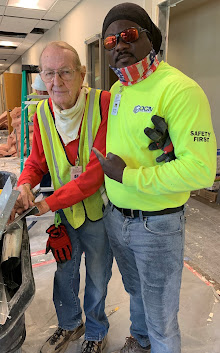












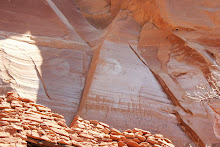
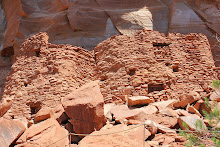













































































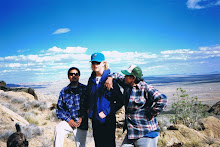
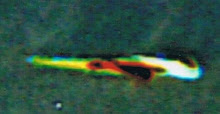
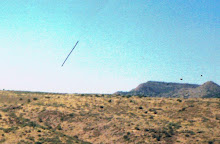

+Lonnie+001.jpg)
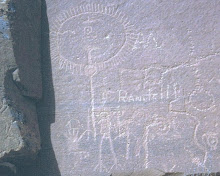
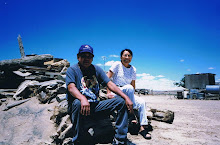
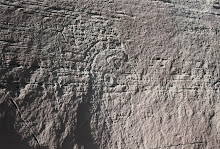
No comments:
Post a Comment